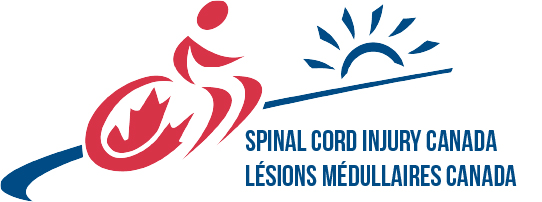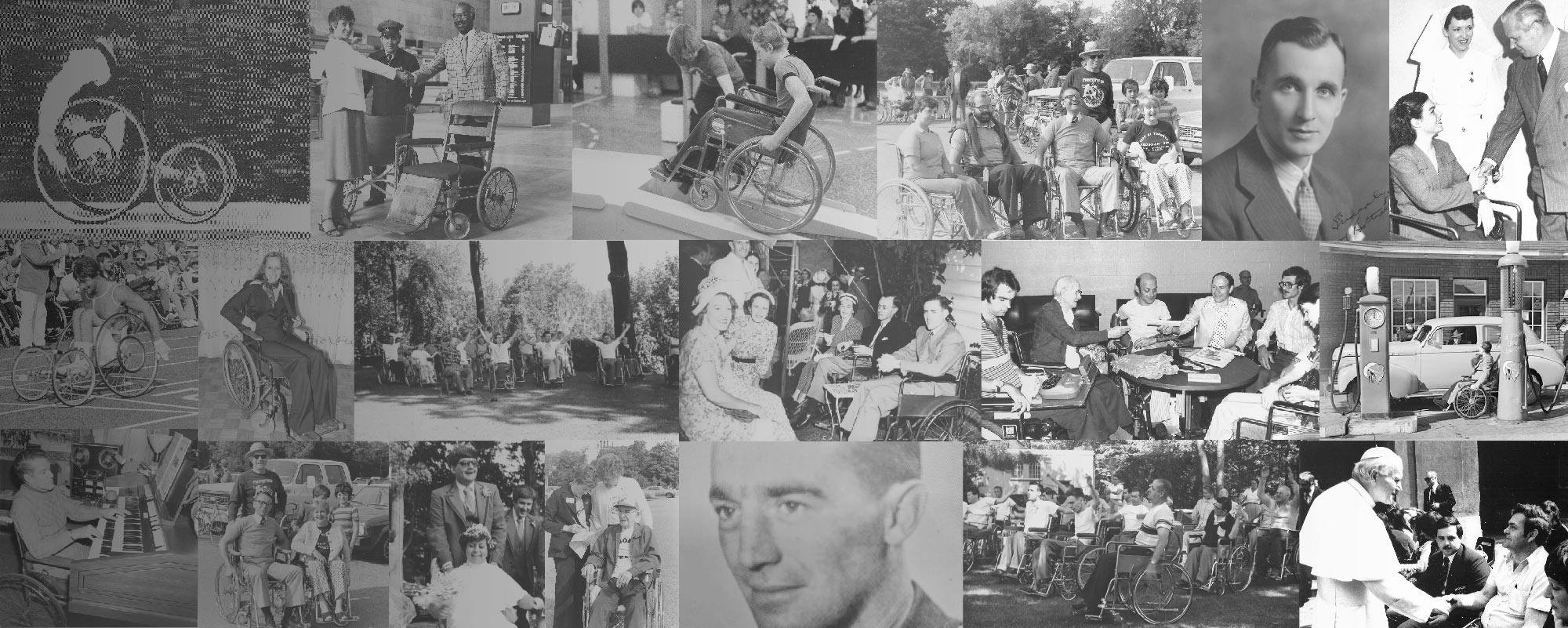Spinal Cord Injury Canada
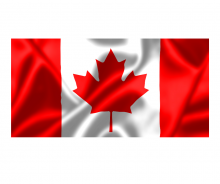
2019
In June, the Accessible Canada Act receives Royal Assent. The new law includes most of the recommendations from the Federal Accessibility Legislation Alliance.

2019
Spinal Cord Injury Canada forms the Federal Accessibility Legislation Alliance where over 100 organizations and thousands of people with a broad range of disabilities collaborate to improve and strengthen Bill C-81 – the proposed Accessible Canada Act.
Learn More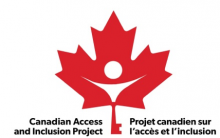
2018
Spinal Cord Injury Canada leads the Canadian Access and Inclusion Project to present recommendations from people with a broad range of disabilities on what must be included in the legislation that would eventually become the Accessible Canada Act.

2012
Canadian Paraplegic Association changes its name to Spinal Cord Injury Canada to better reflect the people we serve. When our organization was first established, few people with quadriplegia lived more than a few years.
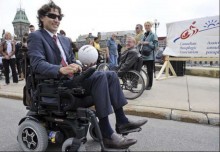
2011
Canadian Paraplegic Association holds its first Chair Leaders event on Parliament Hill that continues for several years.
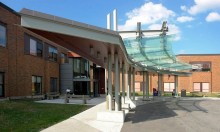
1998
The Lyndhurst Hospital Board of Directors approves the transfer of the hospital property and assets from the Canadian Paraplegic Association to the Toronto Rehabilitation Institute. Assets were valued at $5.4 million.
Learn More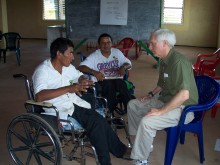
1997
Canadian Paraplegic Association begins years (until 2007) of international development in many countries including Cuba, Jamaica, Senegal and Guyana.
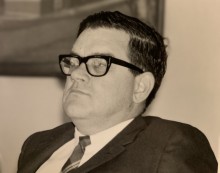
1982
Douglas Mowat is named a Member of the Order of Canada for his work as a founder of the Canadian Paraplegic Association BC, which he led for 30 years as the Executive Director. He was also the first wheelchair user ever elected to a Canadian legislature and was a member of the Legislative Assembly of British Columbia from 1983 to 1991.
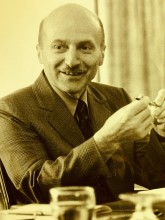
1980
Tony Mann, the Executive Director of the Canadian Paraplegic Association Manitoba, is named a Member of the Order of Canada. He was instrumental in the founding of the Western Division.
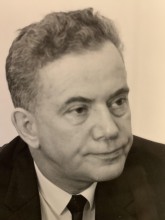
1980
Donald E. Curren, Nova Scotia's Executive Director, is named a Member of the Order of Canada. Curren was known as "Mr. Paraplegic" because of his participation in the Paralympics, his love of wheelchair sport which he brought to the Atlantic region, and because he designed equipment for people with disabilities.
1979
Spinal Cord Injury Ontario incorporates. The first Executive Director of the Ontario Division is hired in 1980. He was Kirby Rowe, an amazing advocate.
Learn More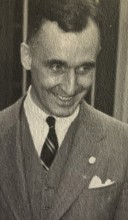
1978
Dr. Harry Botterell becomes an Officer of the Order of Canada.
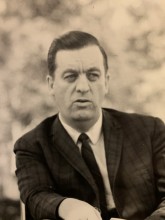
1978
Pierre Gariepy, the first Executive Director of CPA Alberta, is named a Member of the Order of Canada.
1976
Canadian Paraplegic Association Newfoundland and Labrador incorporates.
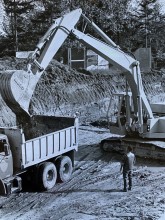
1973
Led by Ken Langford and Andy Clarke, the ground breaks on the 106-bed Lyndhurst Hospital site, with a CPA approved research lab requested by Dr. Botterell.
1972
John Counsell becomes an Officer of the Order of Canada.
1972
Gustave Gingras is promoted to Companion of the Order of Canada. He establishes rehabilitation centres all around the world.
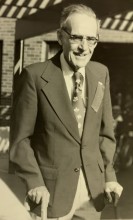
1969
Dr. A.T. Jousse is named an Officer of the Order of Canada.
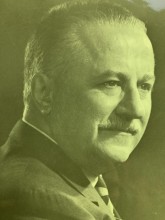
1967
Gustave Gingras, Medical Director of Ste. Anne de Bellevue and Queen Mary Veterans' Hospital in Montreal, is named an Officer of the Order of Canada. He was also a founder of the Rehabilitation Institute of Montreal.
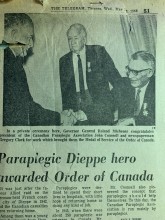
1967
John Counsell becomes a member of the Order of Canada. This is the first year of the award. The motto of the Order is: DESIDERANTES MELIOREM PATRIAM which means: “They desire a better country”.
1967
Ken Langford becomes the Managing Director of the Canadian Paraplegic Association for the next 33 years.
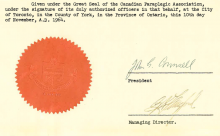
1964
In November 1964, CPA Saskatchewan incorporates. Read their historical corporation papers.
Learn More1961
Canadian Paraplegic Association Alberta is incorporated.

1961
Dr. Albin Jousse was the first person to pique Dr. Charles Tator's interest in studying the spinal cord. He graduated from the University of Toronto's Faculty of Medicine in 1961. He also received his Master's and Ph.D. degrees from the University of Toronto. Then, Dr. Tator entered the Neurosurgery Training program in 1965 as the last resident of Dr. Harry Botterell.
Learn More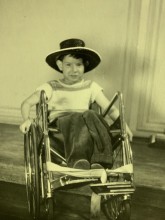
1954
At 8 years old, Edmond Derion is the youngest person to be admitted to Lyndhurst Lodge.
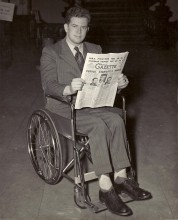
1952
The Nova Scotia Division is founded by Donald E. Curren.
1951
The Atlantic Division of the Canadian Paraplegic Association is established.

1950
Canadian Paraplegic Association closes its office at Maple Leaf Gardens and moves to the newly renovated garage at Lyndhurst Lodge. The Maple Leaf Gardens office was arranged by Board Member Conn Smythe.
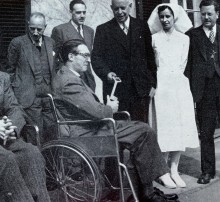
1950
The key to Lyndhurst Lodge is handed to John Counsell by representatives of the Department of Veterans' Affairs. Lyndhurst Lodge is transfered to Canadian Paraplegic Association for one dollar.
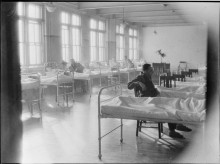
1949
Opened in 1919, Christie Street Military Hospital in Toronto closes and veterans move to the newly built Sunnybrook Hospital.
1947
The Western Division of the Canadian Paraplegic Association had its first board meeting at Shaughnessy Hospital serving British Columbia and Alberta.
1947
The first group of soldiers at Lyndhurst Lodge thank Dr. Jousse by buying him a car.
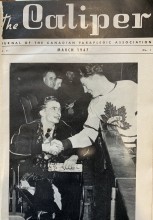
1947
The first issue of The Caliper magazine is released.
Learn More1946
The Central Western Division of the Canadian Paraplegic Association was formed at Deer Lodge Hospital in Winnipeg, Manitoba.
1946
The Eastern Division formed in 1946 serving Quebec and Maritimes from Ste. Anne de Bellevue.
1945
On May 10th, the Canadian Paraplegic Association receives its incorporation.
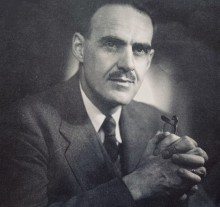
1945
In March, Dr. Albin Jousse is hired as the Medical Director of Lyndhurst Lodge.
Learn More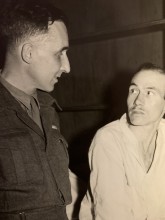
1945
In February, Dr. Harry Botterell returns from No. 1 Neurological Hospital in Basingstoke, England to Toronto, Ontario to be the Chief of Neurosurgery at Christie Street Medical Hospital.
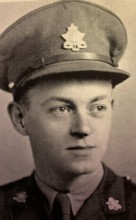
1945
In January, Ken Langford is hit by a dropped high explosive and sustains a spinal cord injury near Wyler, Holland, He returns from the war in November to Christie Street Military Hospital and then on to Lyndhurst Lodge.
Learn More1945
On January 16th, John Counsell, Arthur Hay, Joseph Wrangham, Jack Higman, Douglas Quirt, Edward Higginbottom and Andrew Clarke decide to incorporate the Canadian Paraplegic Association, now known as Spinal Cord Injury Canada.

1945
On New Year's Day, Lyndhurst Lodge is purchased to become the world's first spinal cord injury rehabilitation centre. On January 15th, the first ten soldiers injured in WW II move into Lyndhurst Lodge.
Learn More1944
Frustrated with the lack of information and support regarding his pension, John Counsell works with the Canadian Legion and the Veterans' Associations of Canada to press the government for change, leading to the creation of the Department of Veterans' Affairs.
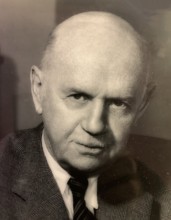
1943
John Counsell moves to Toronto and reacquaints himself with family friend L.M. (Lew) Wood, one of the founders of the Canadian National Institute for the Blind, National Society for the Deaf and Hard of Hearing and the Canadian Arthritis and Rheumatism Society.
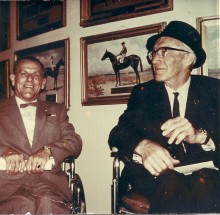
1943
John Counsell returns to Canada on the ship Lady Nelson. He is sent to the Montreal Neurological Institute. Here he meets Jimmy Darou and Peer Support begins. They become life-long friends.
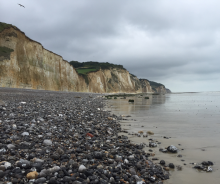
1942
John Counsell sustains a spinal cord injury on the beach in Dieppe. He is taken to No.1 Basingstoke Neurological Hospital where he meets Dr. Harry Botterell.
Learn More
1940
Dr. Botterell, as a Major with the Canadian Army Medical Corps, takes on the task to help other doctors from the Montreal Neurological Institute establish the Canadian Neurological Hospital in Basingstoke, England.
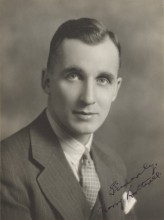
1939
Dr. Harry Botterell travels from Toronto to Montreal to share with the Canadian Medical Association his success in working with patients with paralysis. He establishes himself as an up-and-coming expert in the spinal cord injury field.
Learn More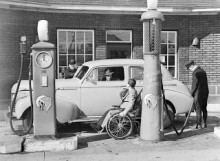
1933
Jimmy Darou is injured in a horse race. Later he becomes the first peer to provide peer support to our Founder, John Counsell.
Learn More
